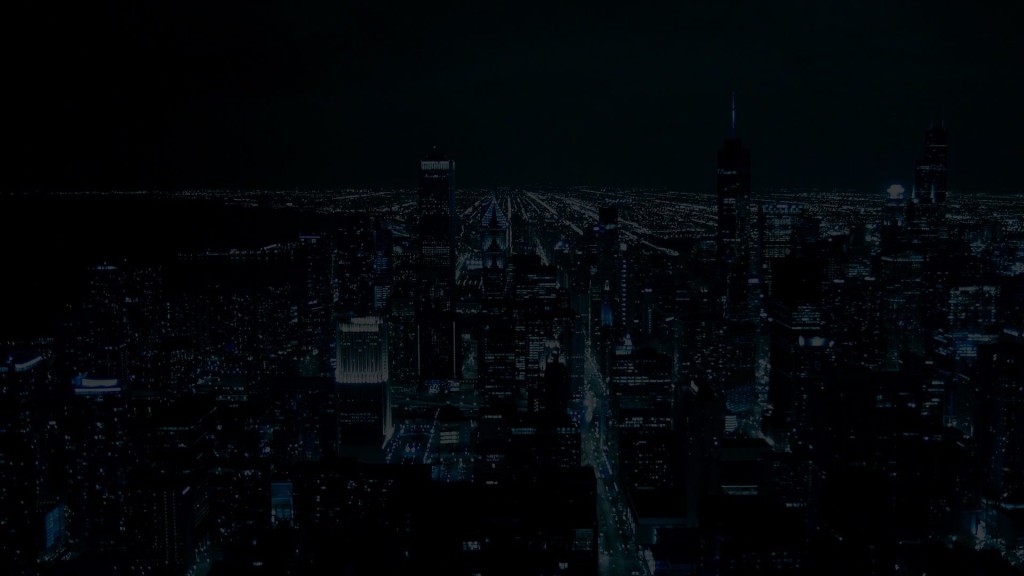Failing Faster Isn’t Enough.
Three tasks on a desk. Three people are asked how to do them. One says jump in and get started “Just decide.” The second, more thoughtfully offers, “Wait. Let’s study them first.” A third person walks in to say, “Why are you wasting your time on revamping our flagship product? Use those resources to take down our competitor’s newest entry.”
Which of the three has the right approach? Put them together, and they all do.
It’s true, if we don’t act, we won’t move forward. If we don’t risk failure, we’ll not learn or innovate. Planning and packing and moving on that trail used to be the explorers’ way. Being an innovative explorer is no longer enough. That philosophy has a major part missing.
Action Weighing the Cost of Missed Opportunity
Critical Skill 7 is a bias toward action with an eye on opportunity cost.
Moving forward fearlessly isn’t enough. We need to verbalize not only where we want to go and why we’re going there, but also what we could be doing instead and what we lose by not doing it. For any decision we put off or any act we choose, there is a loss to be taken in missed opportunities, paths not followed, alternate options not pursued.
Use these scaffolded steps for testing important decisions, to avoid unnecessary opportunity costs.
1.Move or Stand Still?
Every decision has a yes or no response. Not to choose is a no by default.
- Check laterally. Look across the market, relationships, competition, financials in real time — right now. Does either the “go” or “no go” decision present a significant risk or opportunity?
- Check vertically. Look at the history, at trends, at the growth picture, at stability, infrastructure, and resources. Are the conditions right to follow this through to a positive result? If you “go” or “no go” will conditions improve or deteriorate?
A bias toward action — when all things are equal, we move the ball forward.
An eye toward opportunity cost speaks to intentionality.
When all things are equal, we make sure we have the right ball.
How do we do that?
2. Move the Ball — Which Ball?
Deciding which ball is scaffolding down one layer from the move decision we just made. Now we review all opportunities around the chosen “go” or “no go” decision.
- Describe all possible outcomes of the chosen decision and variation of each outcome.
- Estimate the cost in time and resources to follow each possible outcome through to the end.
- Test the chosen decision by discussing other decisions you might logically pursue with the same time and resources. Try to persuade yourself or your team that another action or opportunity will bear more fruit from the same or a smaller investment.
These simple steps will clarify what you’re giving up by taking the course of action you have chosen.
If you’ve argued the action through to this point, you can move forward with confidence AND with speed, knowing that you risk no major opportunity cost. Your decision is built on a foundation of concrete not sand. OR you’ve found a new direction that’s even better!
–ME “Liz” Strauss
Need help finding a niche that fits you? Click on the Work with Liz!! page in the sidebar.
Related articles
The 10 Skills Most Critical to Your Future
Critical Skill 1: Strategic Deep Thinking
Critical Skill 5A: 3 Parts of Spectacular Ideas
Critical Skill 6A: Five Tools for Finding Faulty Assumptions
